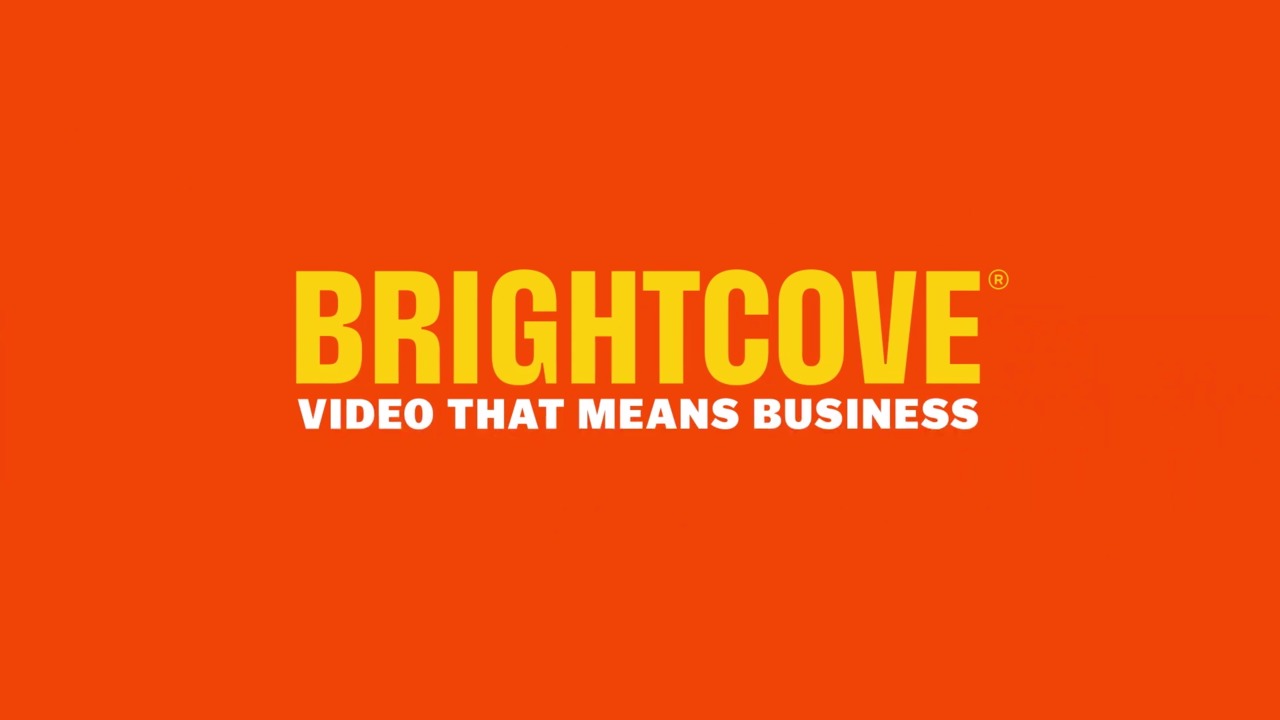One of my favourite emerging player publishing models is what I like to call 'The Hook and Bucket'. This model tends to be of tremendous value for omni-media infotainment publishers like La Vanguardia in Spain and the OMS network in Germany.
Put simply The Hook and Bucket is effectively a way of placing hooks to your content throughout your site (homepage, landing pages, in-situ articles) and capitalises on the user's desire to watch a specific video by reeling them in to a video aggregator / ghetto section of the site to submerse them in an interface where they can gorge themselves fully on your entire back catalogue of content, not just their selected video.
The overall goal here is to dramatically increase user stickiness which is best denoted by your player to video conversion ratio (how many videos are played per player load/session). The higher your conversion (over 1.5 is a good target) the better your return on player load cost and the higher your user stickiness and therefore available ad inventory. Very important metrics when measuring the success of your video business.
In the world of omni media delivery, where more often than not you find fiercer competition between the actual media on a specific page then you do between competing web properties, the Hook and Bucket model really comes in its own by bringing low cost, highly effective access to your video catalogue.
By deploying 'Hooks' across the site, you advertise your content (either contextually or opportunistically), you identify which users are your consumers by their direct interaction with your hooks and reel them in when they bite amplifying the return by not only giving them what they want but also guessing what they may also want to watch all in the same transaction (throwing them into your bucket).
Not only do you in turn amplify your video consumer's consumption you also dial down the cost of fishing for non-video users. Consider a homepage where 1 out of 10 visitors can be classified as a 'video user' (this is a user who's primary way of consuming information is via the video medium). If you place a player on this page 9 out of every 10 loads will not result in a video play back - that's 90% of your player loads that you're not getting a return on. Put more simply that is 90% of your page loads that are more bloated in size and cost then they need to be.
So to achieve this saving on your site consider placing some 'hooks' where once your player sat. Show the video still and some metadata retrieved via the BC3 Media API - like they do here at Augsburger Allgemeine. This is a major factor smaller in size and cost then loading the player but still gives the user what they need to make the decision to consume or not to consume while not punishing the business or the non-video users.
Once the user 'opts-in' to your video offering then you can be as aggressive as you like. You can swap out the hook with a player in-page or take them through to a central site where you have more opportunity to show content and ad placements. It's up to you how far you go but rest assured that when a user engages anything with a click they are expecting something to happen. How long that takes to happen is less important now that the user has the control - the end justify the means - so taking them through a follow on page (issuing a page-turn) is not the cardinal sin it is in other aspects of web design. Just make sure you get them to that follow-on within 1 degree of the click. Any intermediary steps will undoubtedly show a large drop off (i.e. don't go an place a display ad between the hook and bucket).
Although this model works incredibly well for omni-media properties, it is also effective for sites with high volume homepages that need to get the traffic back into a video bucket on the sitemap.
Go on and give it a try

